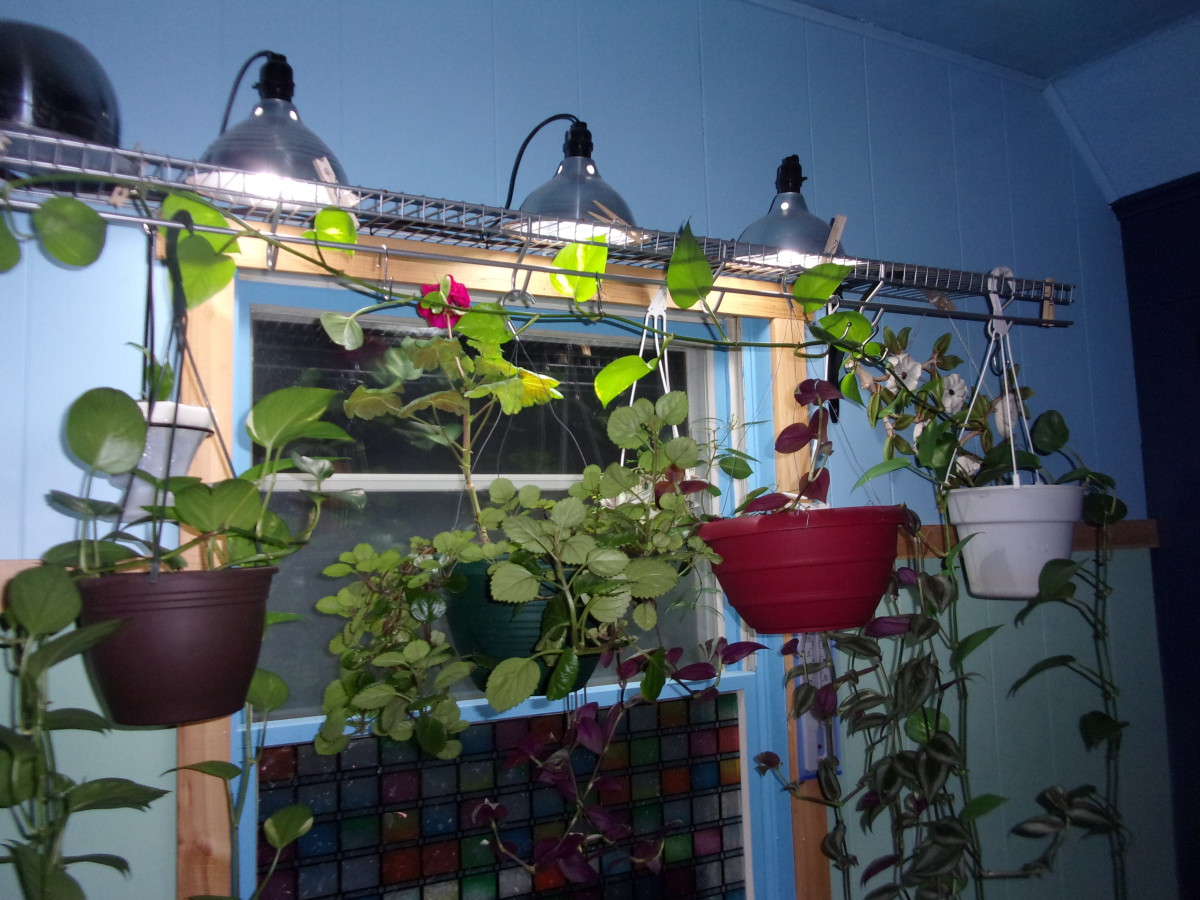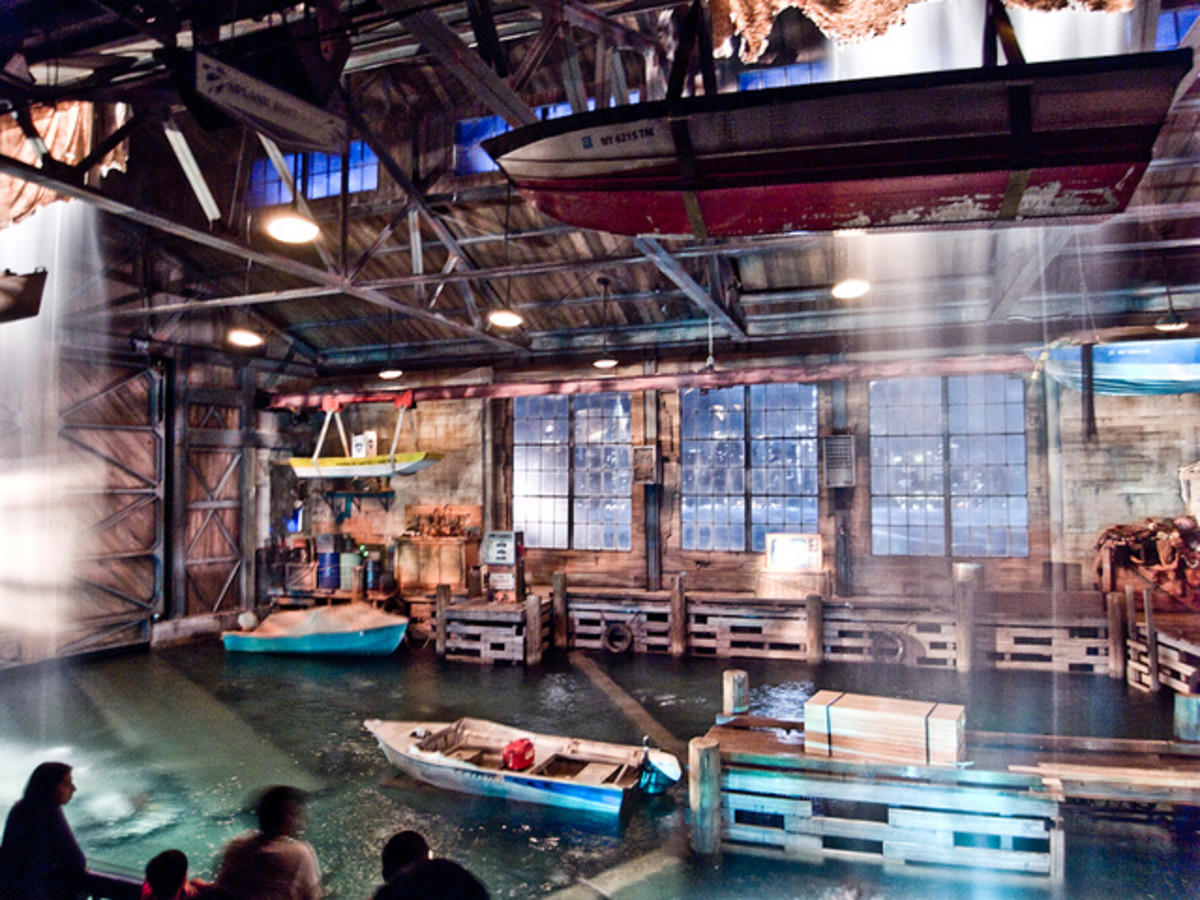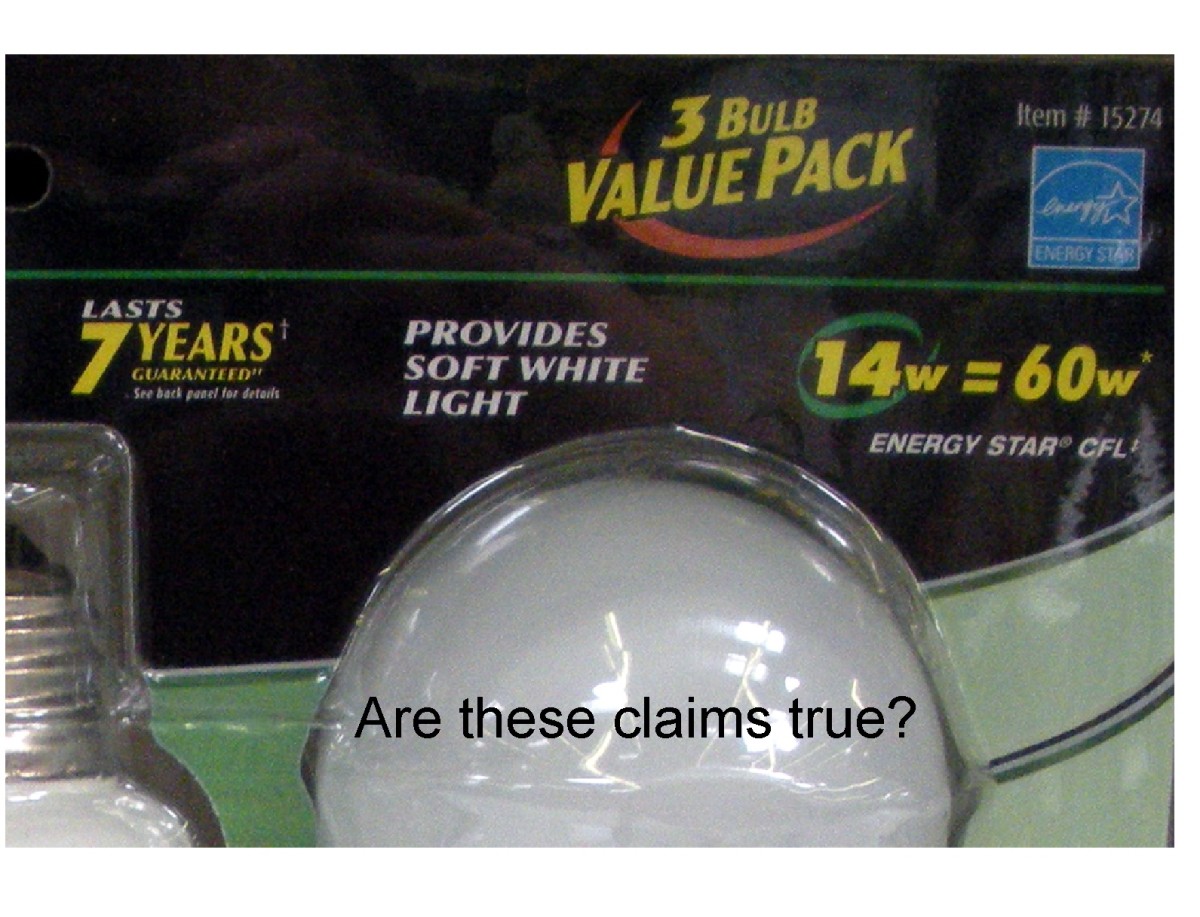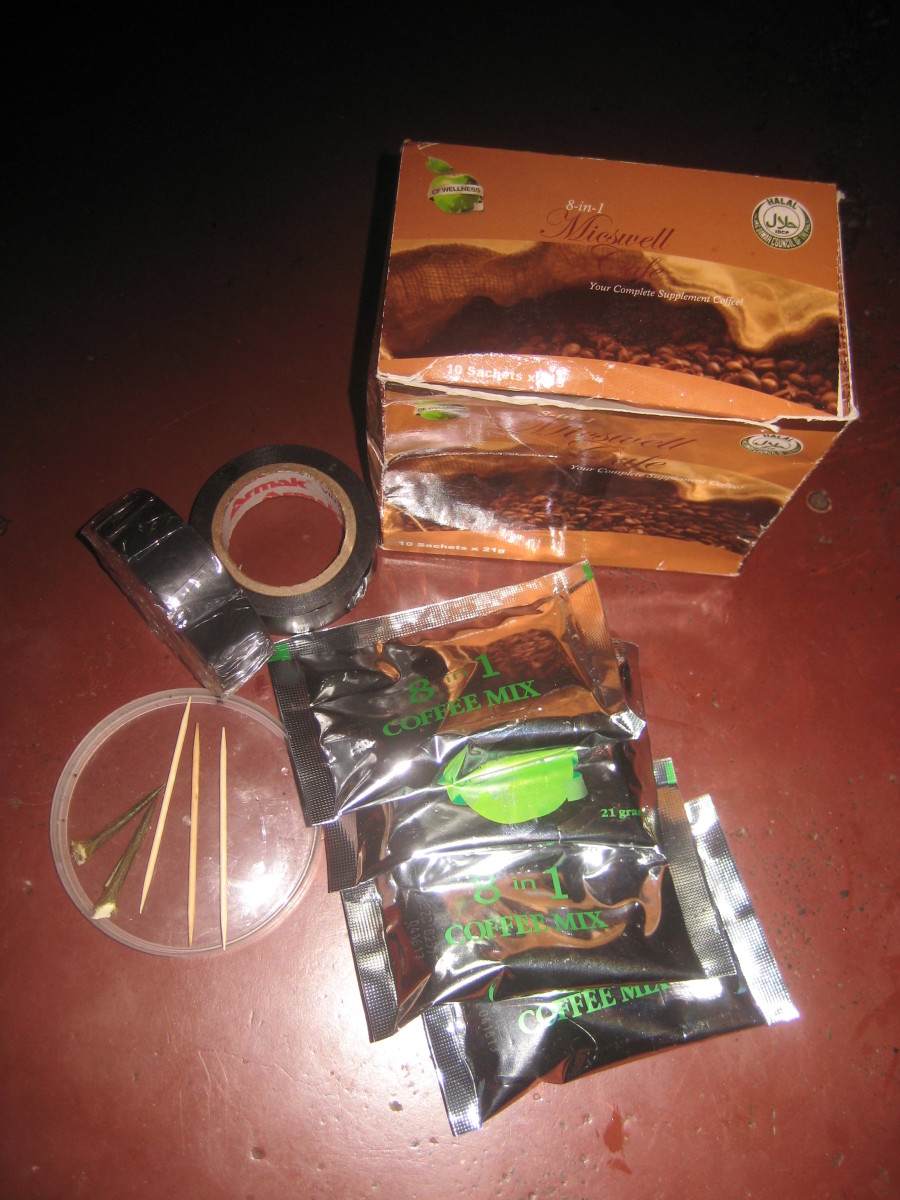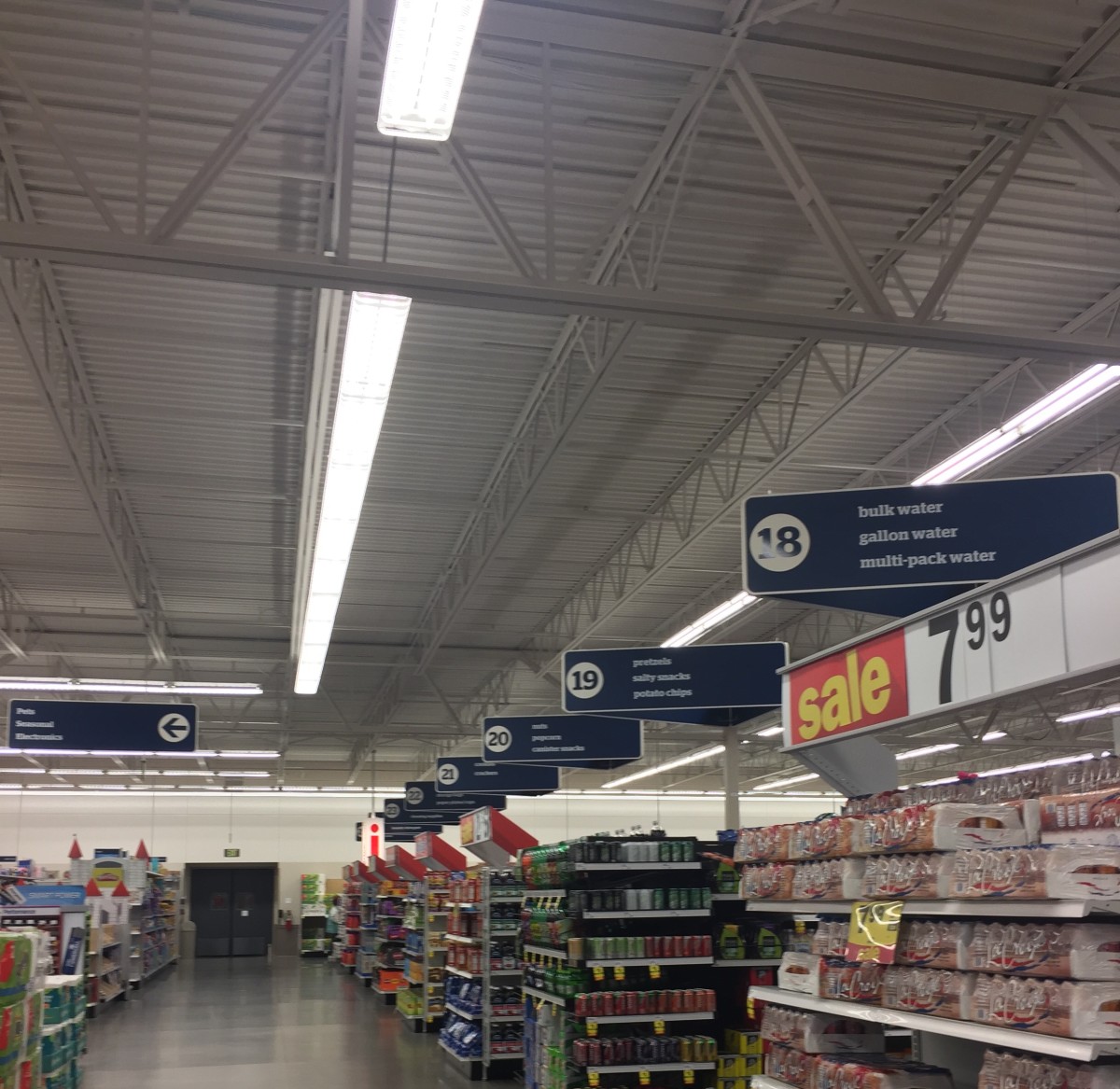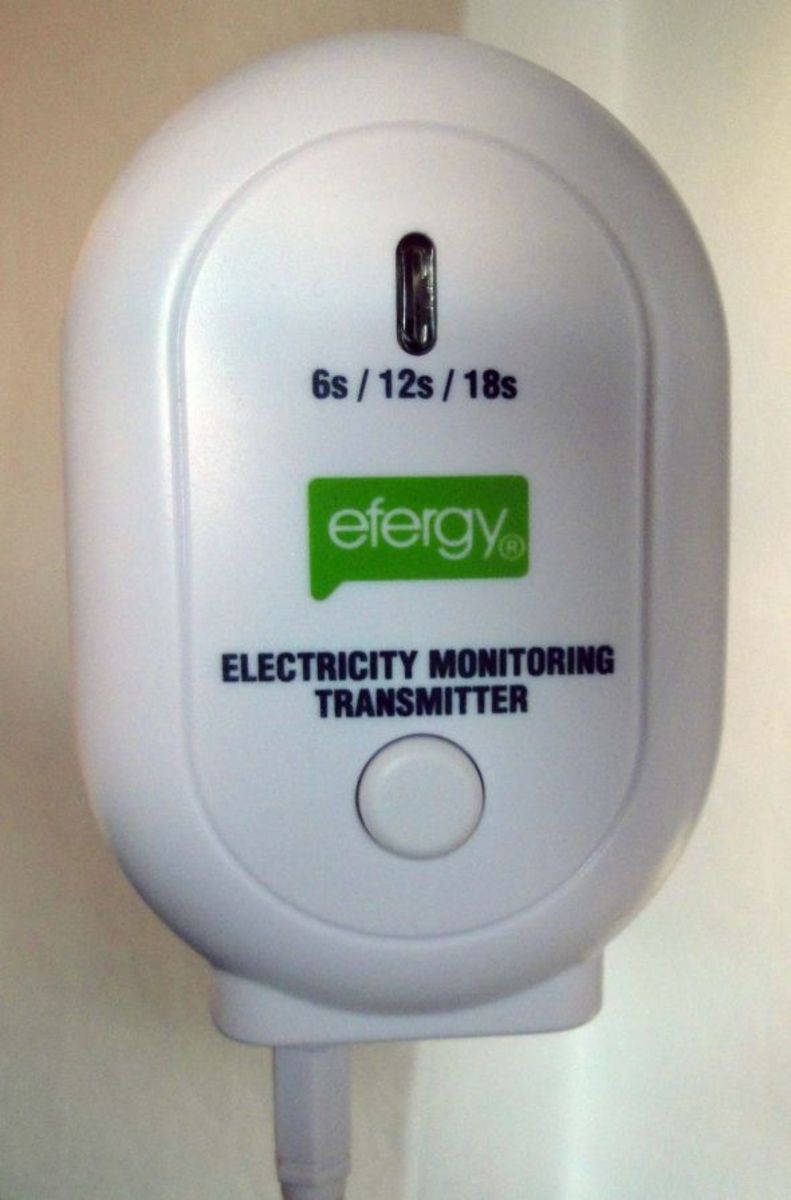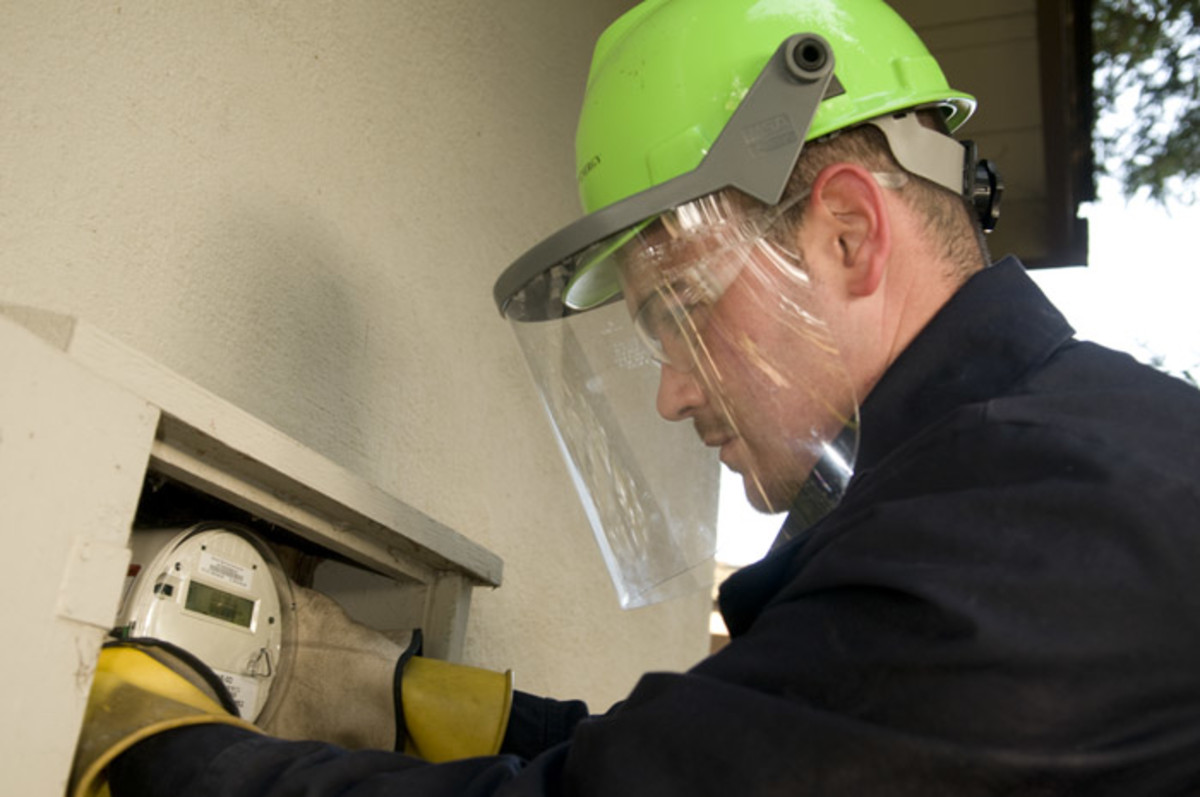How to Save Money on Lighting
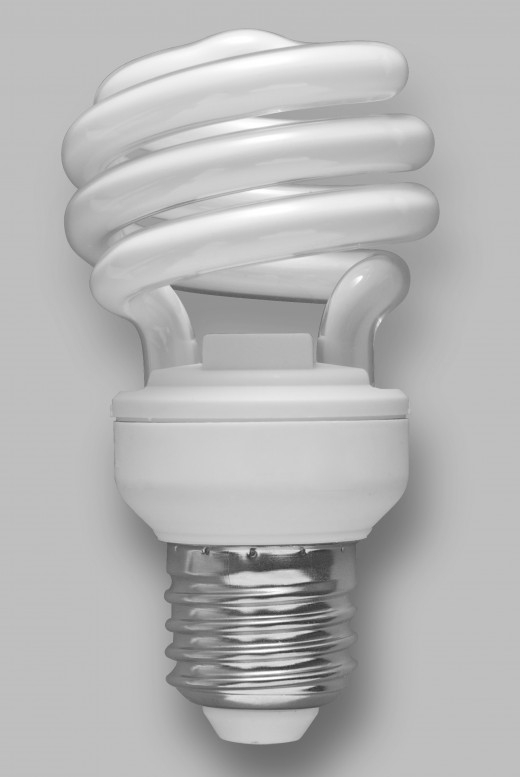
Lighting represents a considerable area of opportunity for reducing the electric bill of a residential or commercial building, having an energy consumption that is second only to heating and cooling. There are two main factors that influence the energy consumption of lamps: the technology of the lamp itself, and the daily hours of use.
The use of incandescent light bulbs is one of the main causes of high lighting expenses. Incandescent light bulbs are so inefficient that they convert nearly 90% of the consumed electric energy to waste heat, and only 10% of the energy becomes useful light. In addition, all of this waste heat is released inside the building, which forces any air conditioning equipment to work harder and consume more energy. Summarizing, incandescent light bulbs should be avoided whenever possible: they waste energy directly by being inefficient, and indirectly by increasing air conditioning costs.
The two main energy efficient alternatives are fluorescent lighting and LED lighting. Fluorescent lighting is a "middle of the road" alternative: it offers balance between savings and initial investment. LED lighting, on the other hand, offers an extremely low energy consumption but at a higher price.
Fluorescent Lighting
Fluorescent lighting requires roughly 25% of the energy of incandescent lighting. For example, if you have a 100-watt incandescent light bulb, it can be replaced by a 25-watt fluorescent light bulb while obtaining the same lighting output. In most cases, the payback period of this investment is less than six months!
Upgrading fluorescent lamps to incadescent lamps is so cost effective that many countries have energy codes that require it, phasing out incandescent lamps. This is a win-win situation because it benefits the homeowner, the electric utility and the environment!
LED Lighting
LED lamps can provide further savings, having approximately twice the efficiency of fluorescent lamps. Using the same example as above, the 100-watt incandescent light bulb would be replaced by a LED light bulb with a power input in the range of 12 - 14 watts!
The payback period of an upgrade to LED lamps greatly depends on what lighting technology was used previously:
- An upgrade from incandescent lamps to LED lamps is an excellent investment, since the energy consumption can be reduced by 80% or more. It is possible to achieve payback periods as short as one year.
- An upgrade from fluorescent lamps to LED lamps, on the other hand, has a longer payback period because flourescent lighting is already quite efficient. In this case, you can expect a payback period of at least 3 years, even in the best case scenario.
Additional Considerations for a Lamp Retrofit
In general, for lighting fixtures that are used for many hours each day, you should use LED lamps if possible. However, even if LED lamps exceed your budget, you can achieve savings of up to 75% with fluorescent lamps alone. In either case, you will also save money on air conditioning due to the reduction in the waste heat released by the lamps.
When carrying out an upgrade to energy efficient lamps, consider checking the electric wiring and fuse box. It is very important to have adequate grounding and fault protection in order to guarantee a long service life for your investment. If an expensive LED lamp is damaged due to faulty electric supply, its payback period will double due to the cost of the replacement!

